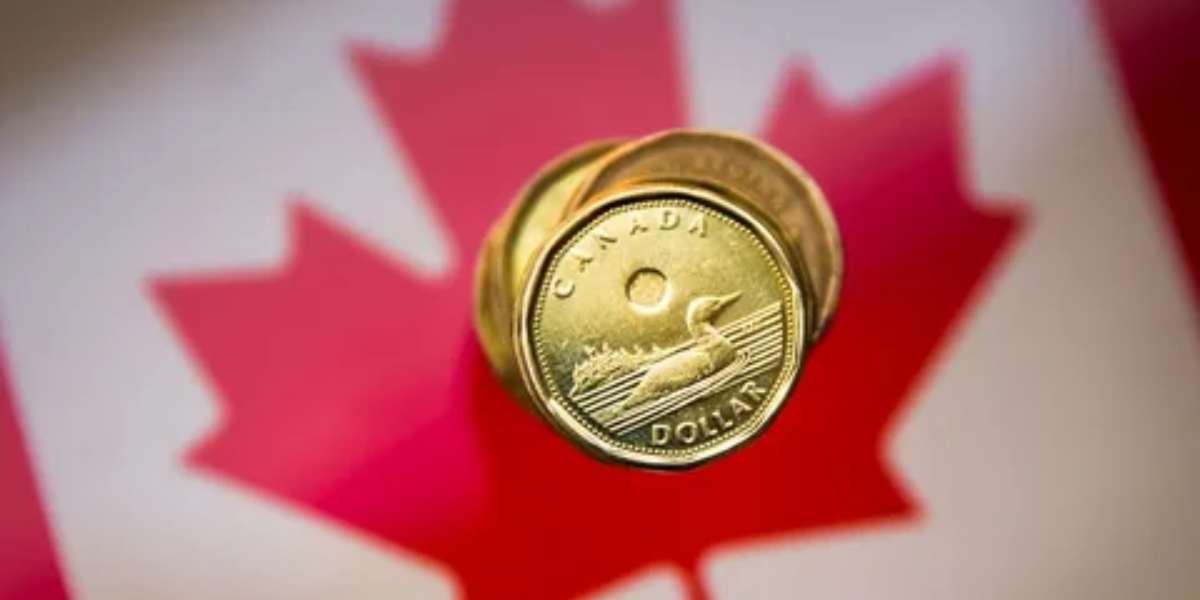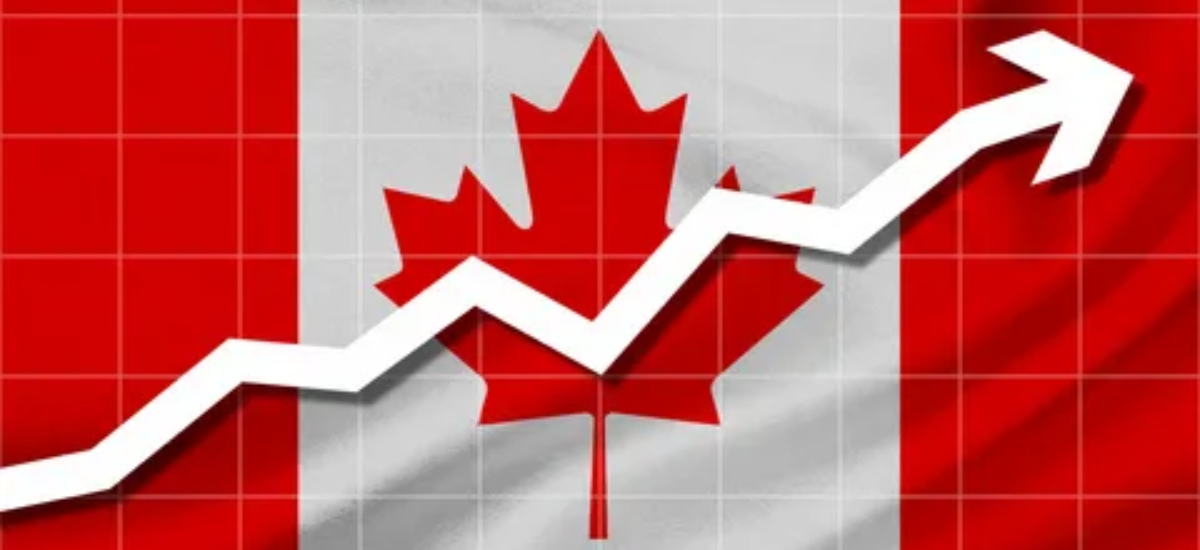Canadian Economy

Canada boasts a diverse economy known for its stability and resilience. However, recent data reveals a concerning trend as the Gross Domestic Product (GDP) experienced a decline in the third quarter, indicating a possible flirtation with recession. This article delves into the intricacies of this economic downturn, its underlying causes, and potential ramifications.
Understanding GDP and Its Significance
GDP serves as a fundamental metric for assessing the economic health of a country. It represents the total monetary value of all goods and services produced within its borders within a specific time frame, typically quarterly or annually. A decline in GDP suggests a contraction in economic activity, posing challenges for businesses, consumers, and policymakers alike.
The Economic Landscape: Q3 GDP Decline

In the third quarter of the fiscal year, Canada witnessed a notable decline in its GDP. This decline, while not unexpected given global economic uncertainties, raises concerns about the nation’s economic trajectory. Understanding the factors contributing to this decline is crucial in formulating effective strategies for recovery.
Factors Contributing to the GDP Decline
Several factors have converged to contribute to the decline in Canada’s GDP. Supply chain disruptions, fluctuating commodity prices, and reduced consumer spending are among the primary culprits. Additionally, global trade tensions and geopolitical uncertainties have added layers of complexity to the economic landscape, impacting various sectors of the Canadian economy.
Impact on Various Sectors

The GDP decline has not affected all sectors equally. Industries heavily reliant on exports, such as manufacturing and natural resources, have experienced significant setbacks. Furthermore, the services sector, particularly tourism and hospitality, has been disproportionately affected by restrictions and reduced consumer mobility.
Policy Responses and Government Intervention
In response to the economic challenges, the Canadian government has implemented various fiscal and monetary policies aimed at stimulating growth and supporting affected industries. These measures include financial assistance programs for businesses, infrastructure investments, and adjustments to monetary policy by the central bank.
Consumer Confidence and Spending Patterns

Consumer confidence plays a pivotal role in driving economic growth. However, the uncertainty surrounding the economy has led to cautious spending behavior among consumers. Reduced discretionary spending and a shift towards essential goods and services have further dampened economic activity.
Employment Trends Amid Economic Uncertainty
The economic downturn has also manifested in labor market trends, with job losses recorded across several sectors. Unemployment rates have risen, exacerbating household financial strains and dampening consumer sentiment. Addressing employment challenges is paramount in facilitating economic recovery and rebuilding resilience.
International Trade Dynamics

Canada’s economy is closely intertwined with global trade dynamics. Disruptions in international trade flows, exacerbated by trade disputes and geopolitical tensions, have hampered export-oriented industries. Navigating these challenges requires adaptive trade policies and diversification strategies to mitigate risks and seize emerging opportunities.
Comparisons with Previous Recessions
Drawing parallels with previous recessions provides valuable insights into potential recovery trajectories. Lessons learned from past economic downturns can inform policy responses and shape strategies for rebounding from the current crisis. Analyzing historical data offers perspective on resilience and adaptive capabilities within the Canadian economy.
Potential Recovery Strategies

While the economic outlook may seem bleak, there are avenues for recovery and growth. Investing in innovation, supporting small and medium-sized enterprises (SMEs), and prioritizing sustainable development initiatives can stimulate economic activity and foster long-term resilience. Collaboration between the public and private sectors is essential in implementing effective recovery strategies.
Outlook for the Canadian Economy
Despite the challenges posed by the GDP decline, there are signs of cautious optimism for the Canadian economy. As vaccination efforts progress and global economic conditions stabilize, there is potential for a gradual recovery in the coming quarters. However, uncertainties persist, requiring vigilance and adaptive policymaking to navigate the evolving economic landscape.
Navigating Through Economic Challenges

The Canadian economy finds itself at a critical juncture, grappling with the repercussions of a GDP decline and uncertainties on multiple fronts. While the road to recovery may be arduous, proactive measures and collaborative efforts can pave the way for sustainable growth and resilience. By harnessing innovation, fostering inclusivity, and embracing adaptive strategies, Canada can emerge stronger from the current economic challenges and chart a path towards prosperity.
Click here for more visited Posts!





